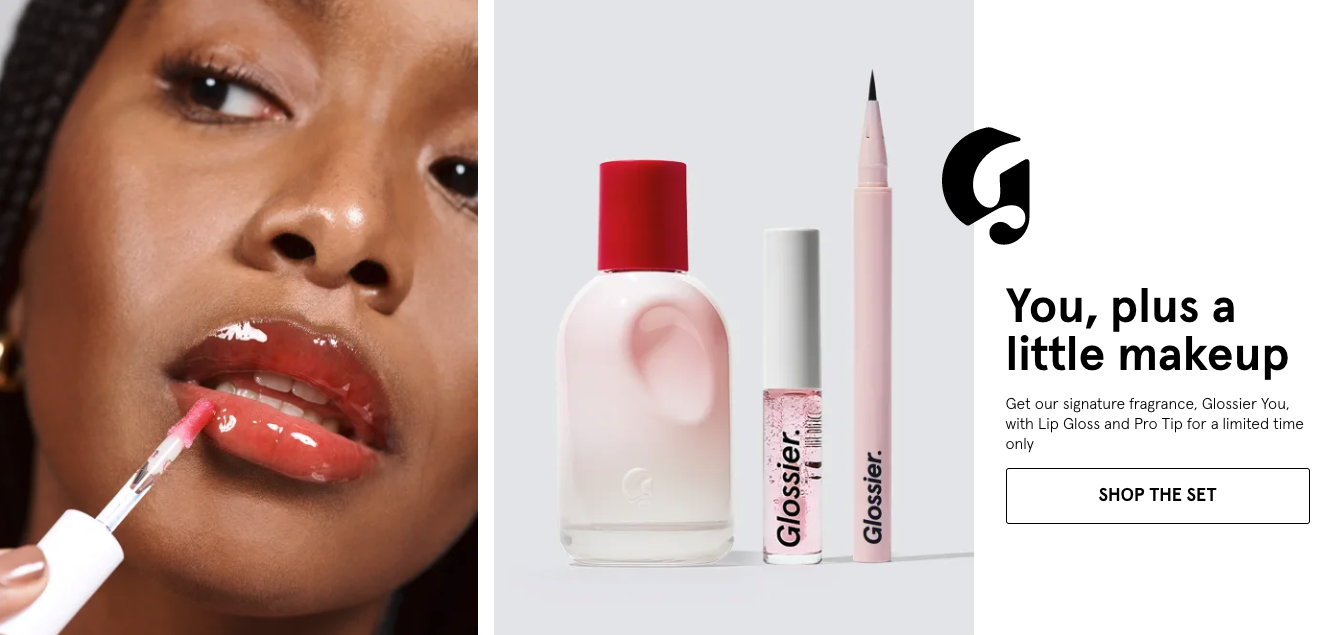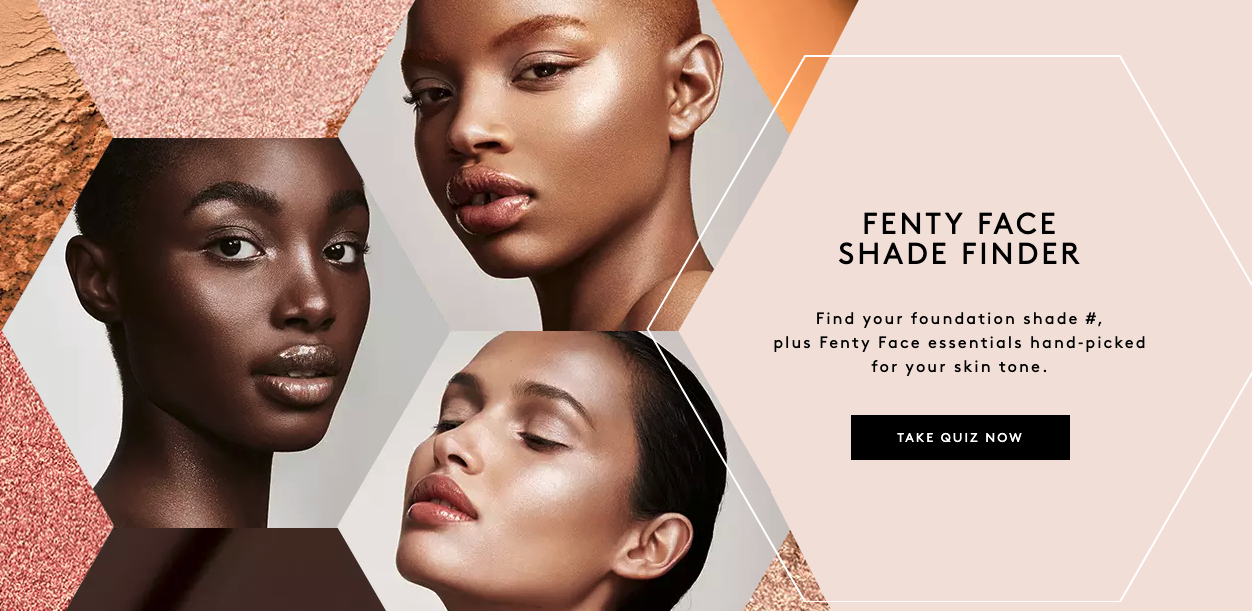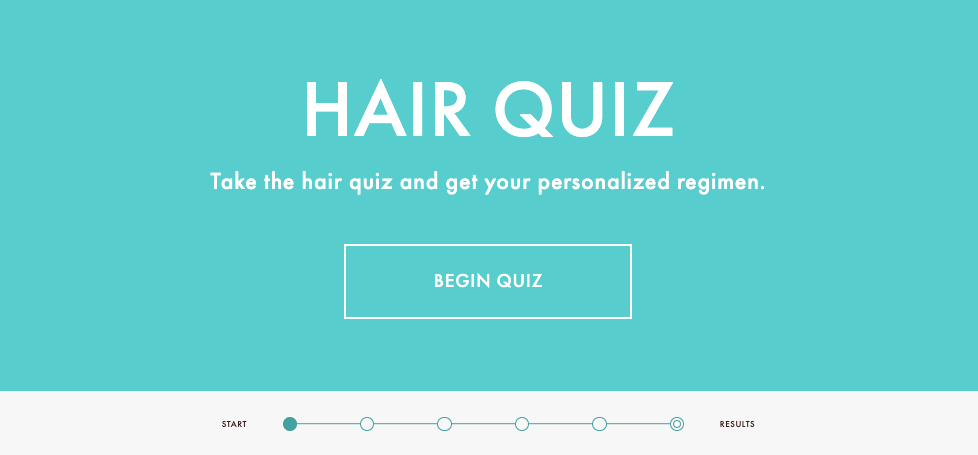Today’s consumer has an endless array of choice for any given product and when it comes down to deciding where to spend their money 84% of them prioritize the experience of shopping versus the product itself. Brands who understand this shift in consumer expectations are allocating their marketing dollars to cater to millennials and Gen Z who are spending nearly $13 billion in the cosmetic industry. While they are eager to participate in the latest beauty trends, these generations are discerning about where and why they spend, and it comes down to the experience brands deliver.
Gen Z and millennials exhibit strong beliefs in positive messaging, simplicity and inclusivity. Today’s most successful brands are in tune with what resonates on a conversational and product-level with their shoppers, they also invest in technology, like AI and machine learning, to offer enjoyable, personalized search experiences to win the business and loyalty of these consumers.
Despite brands reacting to changes in consumer behavior of these generations with social commerce and influencers, the majority have not evaluated their online search experience and how it is anything but glam. There remains a plethora of pain points beauty shoppers face online, causing them to abandon their carts, or worse, switch to a competitor. This is why the top 20 cosmetics brands capture 90% of the industry’s in-store dollars, yet those same brands only see 14% of the online market share. To capture Gen Z and millennials with best-in-class digital experiences, it’s vital to clearly understand the wants and needs of each customer.
Who are next-gen consumers?
It’s important to remember these next-gen consumers are almost 100% mobile. 96% of Gen Z owns a Smartphone and spend an average of 9 hours online each day. Most of them have never lived in a world where you discover products through commercials or magazines. Rather, they are exposed to new products through influencers, Instagram posts, and YouTube reviews.
As beauty brands adjust to these new truths of digital environments, online storefronts are finding innovative ways to fill in the gaps of the digital search experience.
Winning the business of Millennials and Gen Z
Preserving the human touch on digital channels
While next-gen consumers increasingly browse and buy via digital channels, they still expect the same personalized engagement and guidance as they would receive in-store. Brands in the beauty industry must rapidly shift from a product-based journey to an experience-based journey. More than any other industry, consumers expect a two-way conversation throughout the search experience because beauty regimens are unique to each shopper. It’s not just about the product anymore.
Example: Glossier

Glossier, a leading direct-to-consumer makeup and skincare brand, is setting the pace for authentic and humanized digital engagement. Making the search experience their first priority, Glossier managed to create a loyal cult-like following within 6 weeks of the brand’s launch.
Aside from Glossier’s simple, easy-to-use product offerings they launched a unique blog, Into the Gloss, to further communicate the value of their product and delight them with a simplified and knowledge-based digital search experience. The site includes employee and consumer interviews, product reviews, and makeup tutorials in a format that’s relatable to readers of any gender or race. Glossier goes above and beyond to connect and learn from their consumers which is why they are the envy of many digitally-native and legacy beauty brands.
Combatting choice overload:
54% of consumers have stopped purchasing from a particular site because it was too confusing and overwhelming to make a confident purchase decision. Between customized cosmetics, subscription boxes and the omnipresence of influencer marketing, there seems to be a never-ending selection of new beauty brands coming to market. With that, legacy brands are coming out with more products than ever to compete and hold onto the market dominance they have been secure in for decades. More choice does not mean more conversions. Consumers are getting overwhelmed trying to find something as simple as a lipstick. Think of it this way; if they can’t find it, they can’t buy it!
Example: Fenty

Fenty Beauty is all about being customer-centric and catering to individuals. One-size-fits-all has never worked in the beauty industry, so Fenty’s product offerings are as diverse as their consumers.
Understanding no two skin tones are alike, Fenty’s foundation range is vast and finding a color match online is not easy. To combat this roadblock, Fenty integrated a Face Shade Finder which asks a series of skin-tone based questions, so each consumer receives a “hand-picked” foundation color. Fenty is thriving in the beauty industry because they offer quality products that anyone in the world can use.
Getting personal:
Thorough product understanding isn’t always readily obtainable or convenient to consumers, making their decision-making process more complex.
If brands want to foster long-term relationships with millennials and Gen Z consumers, it’s crucial for them to empathize and connect with them on a personal level. Every consumer is different, and brands need to transform their search experiences to deliver personalization at scale regardless of channel.
Example: Moroccanoil

Moroccanoil, a leading prestige haircare brand, wanted to create an experience that would recommend detailed hair regimens to each individual shopper while simultaneously encouraging shoppers to buy more. Using a product discovery solution, Moroccanoil can ask questions as part of the consumer’s exploration, providing personalized product recommendations across their wide range of available products. Now shoppers make the most of their regimen because Moroccanoil guided them to the right products for their individual needs without the need for extensive consultation or trial and error.
Just like with a hair or beauty regimen, there is no one-size-fits-all approach to the digital search experience. Understanding millennials and Gen Zers reward brands who deliver the best experience without compromising on product quality is what will continue to set innovative brands apart from their competitors.

